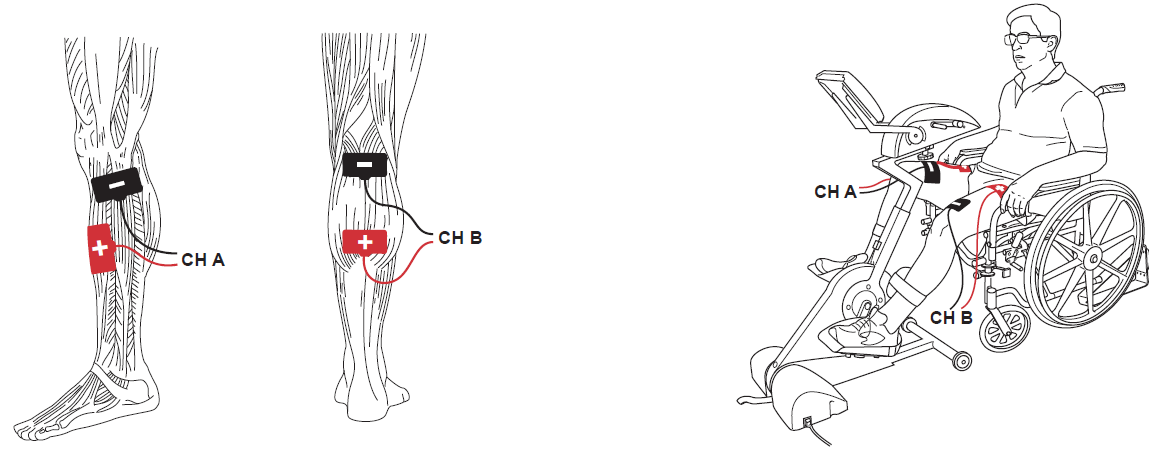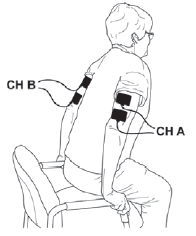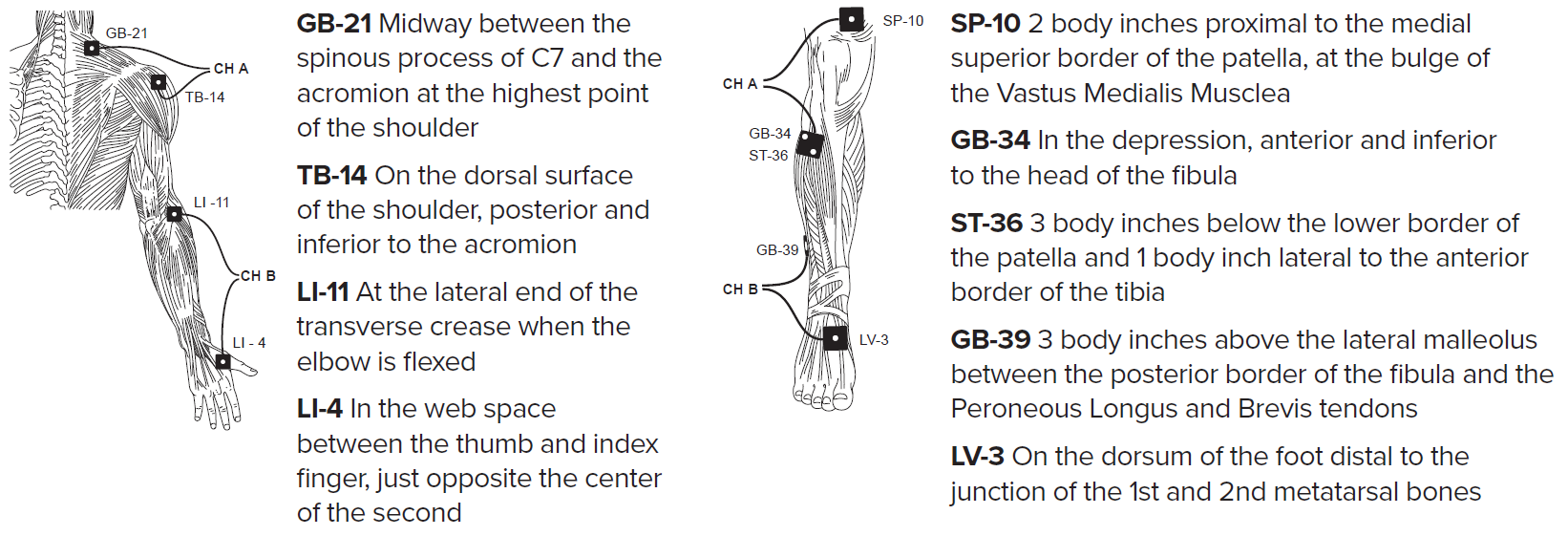It is estimated that over 30 million individuals (9.4%) in the US population has diabetes, while more than one in four do not know they have the disease. A staggering 84.1 million adults have pre-diabetes and, of these individuals, 9 out of 10 are unaware of the condition. Diabetes affects multiple parts of the body and causes many complications such as heart disease, stroke, kidney dysfunction, diabetic neuropathy, orthopedic problems, gum disease, and eye disease. Managing blood glucose levels, a healthy lifestyle and physical activity can help prevent these complications.¹
Using Electrical Stimulation to Manage Complications of Diabetes
Topics: Pain Management, Clinical Tip, Neuro Rehab
Improving Functional Mobility with Virtual Reality and Exercise
Patient Information: Female, Age 83
Diagnosis: Acute Encephalopathy / Chronic Heart Failure / Morbid Obesity
History: This woman was referred to a skilled nursing facility due to declining health, functional mobility, and ability to care for herself. Thirteen months prior, she was hospitalized due to encephalopathy and complications from chronic heart disease, she was then referred to a skilled nursing facility for rehabilitation. She had poor adherence and participation in therapy. At that time, her son and daughter-in-law took her home despite requiring assistance for all transfers, mobility, and most daily living activities. Once home, her activity level and health further declined and she was re-admitted to the hospital and subsequently back to the skilled nursing facility. Prior to initial hospitalization, she was able to propel herself in her wheelchair up to 100 feet and was able to assist with transfers and self-care.
Functional Electrical Stimulation (FES) Using Medium Frequency Alternating Current (MFAC) Hand Control
ACP’s MFAC Hand Control protocol provides for electrical stimulation-assisted muscle contraction to assist with the development of functional movement of superficial and deep muscles. To maximize the therapeutic effect of the intervention, the electrical stimulation delivered by the MFAC Hand Control protocol should be set to elicit a grade 3-5 muscle contraction and should be administered along with a strong volitional contraction by the patient.
Topics: Fall Prevention & Balance, Clinical Tip
What do you do in your free time?
My husband plays in a band in Memphis, and my daughter plays violin, so music is a big part of our lives! We travel a lot, especially to go see live music. We also foster for several rescues. We have been a “foster failure” 3 times, so we now have 3 fur babies that on the weekends we love to take to the Tennessee River.
Topics: Employee Spotlight
Improving Strength and Functional Mobility After a Stroke Using Electrical Stimulation and Exercise
Patient Information: Male, Age 71
Diagnosis: Stroke / Left Hemiparesis
History: This gentleman suffered a stroke causing hemiparesis (muscle weakness) to his left leg and arm. After spending a week and a half in the ICU and an additional three weeks in inpatient rehabilitation, he received six weeks of outpatient therapy. Prior to his stroke, this gentleman was independent with all mobility and worked full-time running a heavy equipment corporation.
Topics: Patient Success Story, Neuro Rehab
Electrical Stimulation Intervention to Treat Stroke Related Impairments
Cerebral vascular accident (CVA), or stroke, affects 795,000 individuals each year and is the fifth leading cause of death in the United States, killing 140,000. Approximately 87% of all strokes are the ischemic-type. Additionally, it is the leading cause of serious long-term disability. Individuals who suffer stroke often have communication challenges, dysphagia, pain, edema, depression, limitations in mobility, and impaired functional ability.1,2
Topics: Clinical Tip, Neuro Rehab
Patient Information: Male, Age 79
Diagnosis: Wallenberg - Stroke / Dysphagia
History: This gentleman was admitted to a skilled nursing facility for rehabilitation services after hospitalization due to a stroke. A feeding tube was placed to address his dysphagia (difficulty swallowing). Prior to the stroke, he lived in his assisted living apartment and was able to eat a regular diet.
Topics: Dysphagia, Patient Success Story
Reducing Hip and Back Pain and Improving Functional Mobility Using Electrical Stimulation and Exercise
Patient Information: Female, Age 91
Diagnosis: Left Hip Pain / Spinal Stenosis / Difficulty Walking
History: This woman, a long-term skilled nursing facility resident, was referred to therapy due to a significant decline in functional mobility including bed mobility, transfers and walking. The decline was preceded by a fall while getting out of the car with her daughter, after which
she experienced increased pain in her left hip and back. Prior to this incident, she required minimal assistance with most functional tasks.
Topics: Fall Prevention & Balance, Pain Management, Patient Success Story
Biophysical Agent Alternatives to Opioids for Pain Management
Opioids are commonly prescribed for acute and chronic pain, including after surgeries such as THR, TKR, and ORIF. Opioids have numerous side effects and a high potential for misuse. Over-reliance on opioids for acute and chronic pain management has led to alarming trends across the United States, including a record number of people developing opioid use disorders, overdosing on opioids, and dying from overdoses. From 2015 to 2017, the annual number of opioid-related deaths rose 44% from 33,000 to 47,600.¹
Topics: Pain Management, Clinical Tip
I am often surprised to learn that terms and concepts I use on a regular basis are different than
I thought. A common term that I have misunderstood for many years is “aspiration pneumonia.”
Recent reading has led me to a new understanding of this term.
Topics: Dysphagia





